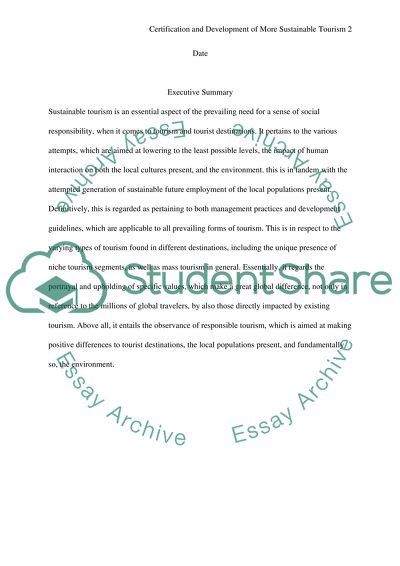Cite this document
(“A critical review of the potential of certification to assist in the Essay”, n.d.)
Retrieved from https://studentshare.org/tourism/1641852-a-critical-review-of-the-potential-of-certification-to-assist-in-the-development-of-more-sustainable-tourism
Retrieved from https://studentshare.org/tourism/1641852-a-critical-review-of-the-potential-of-certification-to-assist-in-the-development-of-more-sustainable-tourism
(A Critical Review of the Potential of Certification to Assist in the Essay)
https://studentshare.org/tourism/1641852-a-critical-review-of-the-potential-of-certification-to-assist-in-the-development-of-more-sustainable-tourism.
https://studentshare.org/tourism/1641852-a-critical-review-of-the-potential-of-certification-to-assist-in-the-development-of-more-sustainable-tourism.
“A Critical Review of the Potential of Certification to Assist in the Essay”, n.d. https://studentshare.org/tourism/1641852-a-critical-review-of-the-potential-of-certification-to-assist-in-the-development-of-more-sustainable-tourism.


